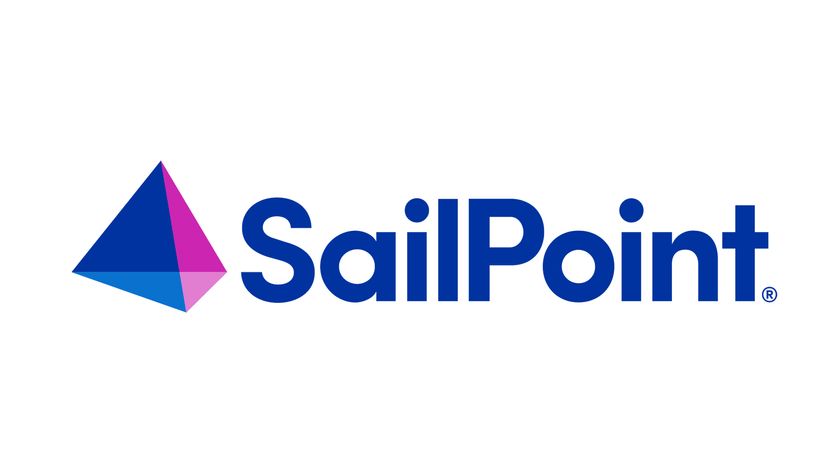Microsoft puts hybrid at the heart of Cloud OS strategy
Mixed deployment model will be dominant for next 10 years, claims Microsoft exec Mike Schutz

Microsoft has set out its vision for the future of IT - and hybrid cloud is at its very core.
Speaking to Cloud Pro at the UK launch of the company’s Cloud OS strategy, Mike Schutz, general manager of product management in the server and cloud division at Microsoft, said: “[Cloud OS] is our vision and strategy for the generation of modern IT.
“The cloud is very much a part of that, and we are seeing that hybrid cloud is and will be the predominant deployment model over the next decade.”
Hybrid cloud, Schutz argued, is the answer to what he claimed is a common misconception around the use of legacy applications and the cloud.
“This is something that is absolutely top of mind for enterprises and we hear customers say they feel they have to move their application to the cloud to benefit from the cloud,” Schutz said.
“But what we’re seeing some of the real benefits of the cloud are actually extending applications into it, rather than moving.”
Schutz gave the example of airline EasyJet, which he said had used Microsoft’s Windows Azure cloud platform to add seat reservation functionality to its longstanding flight booking application.
Cloud Pro Newsletter
Stay up to date with the latest news and analysis from the world of cloud computing with our twice-weekly newsletter
“Their existing booking system was all on-premise, but they wanted to generate a new revenue stream by allowing customers to assign themselves particular seats. All they did was leverage Windows Azure to build a new component that connected back to their on-premise booking system,” he said.
“We are seeing more and more people do that kind of extension, rather than forklifting apps wholesale into the public cloud,” he added.
It is this ability to extend between on-premise and the public cloud, as well as being able to move virtualised workloads around easily, that makes hybrid cloud a compelling deployment model, according to Schutz.
“It allows customers to leverage their existing investments and get more value from the cloud,” he said.
“It also allows [Microsoft] to help reduce friction and give customers the opportunity to take advantage of the cloud, but it doesn’t mean they have to replace what they already have.”
While it may or may not still be the dominant deployment model in 2020, hybrid cloud will always be around, Schutz claimed.
“People were saying the same thing about mainframe even 40 years ago, but it’s still here and still in use,” he said.
“There will always be some data or some applications that companies want to keep on-premise, or with local service providers and some that they are happy to go into the public cloud,” he added.

Jane McCallion is ITPro's Managing Editor, specializing in data centers and enterprise IT infrastructure. Before becoming Managing Editor, she held the role of Deputy Editor and, prior to that, Features Editor, managing a pool of freelance and internal writers, while continuing to specialize in enterprise IT infrastructure, and business strategy.
Prior to joining ITPro, Jane was a freelance business journalist writing as both Jane McCallion and Jane Bordenave for titles such as European CEO, World Finance, and Business Excellence Magazine.



















